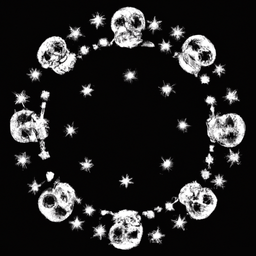

This is great. This is how it always should have been.
Organization of any kind needs a Twitter page or subreddit? No, they need their own official, self-controlled Mastodon instance anyone can see and listen to and interact with, even without accounts on that specific instance. They need their own kbin or Lemmy instance to make and administer their community on and have control over, everyone can still participate even without signing up for accounts on that specific instance.


I’ve made a point to learn and understand commonly “mocked” languages. The reasons they’re ridiculed for are often very tightly related to the reasons why they’re powerful in unique ways.
It’s hard to defend some parts of PHP, but it doesn’t deserve the hatred it gets. Its standard library is a self-contradictory mess, yes. But it’s backwards-compatible with previous language versions to a fairly remarkable degree. This backwards-compatability might seem strange now, but not that long ago, this guarantee meant it could evolve very rapidly as a language and ecosystem without risking losing users to a continual barrage of updates necessary to keep atop of, lest your application fail. I think this is the reason it overtook PERL as the first major “server-side” dynamic website language of choice.
It has that goofy dollar sign variable syntax, yes. I personally think a special syntax for variable access vs function calls is one of the reasons coding beginners found it slightly easier to use - you didn’t need to keep so much track of name collisions and stuff.
$thingis always a piece of data, a noun.thingis always a keyword or function, a verb. You canthing($thing), it’s OK, they’re different. You’re verbing a noun.It could grow fast and be picked up quick, so it’s no wonder to me it persists, ever-improving, in the midst of all these extremely popular, extremely modern languages in use today. Wikipedia, Facebook, WordPress, Slack, Etsy, indeed even kbin, the piece of Fediverse software I’m writing this on now.